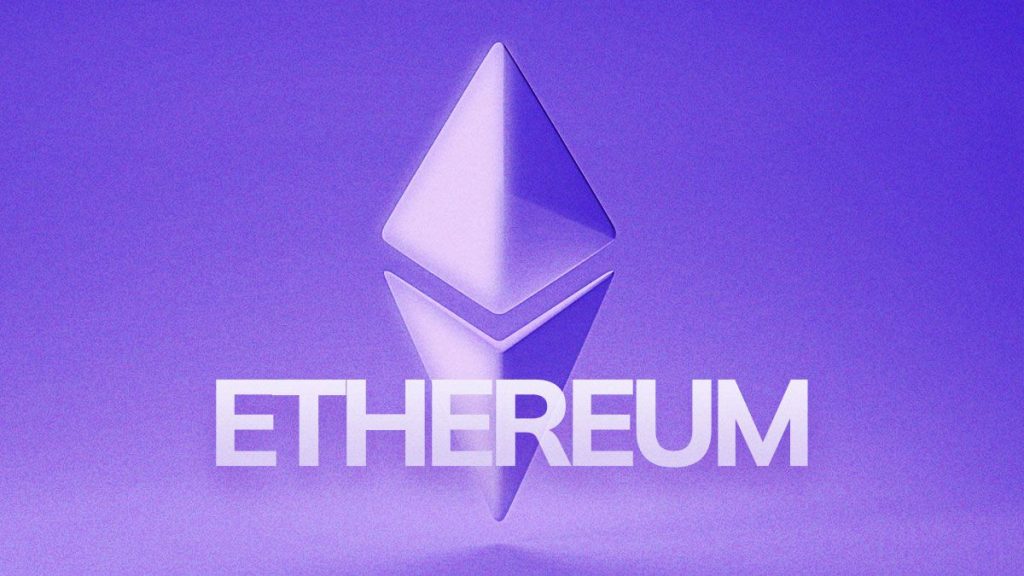Agencia 92: Your Source for Trending News
Stay updated with the latest insights and stories that matter.
ETH and the Future of Digital Currency Revolution
Explore how ETH is shaping the future of digital currency and revolutionizing the financial landscape—don’t miss out on this game-changing trend!
Understanding Ethereum: The Backbone of the Digital Currency Revolution
Ethereum has emerged as a critical player in the evolution of digital currencies, positioning itself as the backbone of the digital economy. Launched in 2015 by Vitalik Buterin and his team, Ethereum introduced a robust blockchain platform that not only supports its native cryptocurrency, Ether (ETH), but also facilitates smart contracts and decentralized applications (dApps). This innovation has allowed developers to build a wide range of applications, from decentralized finance (DeFi) platforms to non-fungible tokens (NFTs), all of which leverage Ethereum's secure and transparent ledger.
Understanding Ethereum requires diving into its unique features that distinguish it from traditional cryptocurrencies like Bitcoin. Unlike Bitcoin, which primarily serves as a digital currency, Ethereum’s smart contract functionality enables the automation of agreements without the need for intermediaries. This has led to a surge in decentralized applications that operate on the Ethereum network, revolutionizing various industries such as finance, real estate, and entertainment. As Ethereum continues to evolve, particularly with upgrades like Ethereum 2.0, it aims to address scalability and sustainability issues, ultimately reinforcing its position as the backbone of the digital currency revolution.

How Ethereum 2.0 Will Shape the Future of Digital Finance
Ethereum 2.0 is poised to revolutionize the landscape of digital finance by introducing a more scalable, secure, and sustainable blockchain infrastructure. With the transition from a proof-of-work (PoW) model to a proof-of-stake (PoS) consensus mechanism, Ethereum 2.0 aims to significantly increase transaction speeds and reduce energy consumption. This transformation will enable decentralized applications (dApps) and financial services to operate more efficiently, ultimately driving greater adoption across industries. As DeFi platforms continue to grow in popularity, the advancements brought about by Ethereum 2.0 will enhance user experience and facilitate smoother transactions, reshaping the way individuals interact with their finances.
Moreover, the implementation of Ethereum 2.0 is expected to foster innovation within digital finance through improved interoperability. By allowing different blockchain networks to communicate and interact seamlessly, developers can create cross-chain applications that leverage the strengths of multiple platforms. This opens up a plethora of opportunities for financial products that are more accessible and user-friendly. As Ethereum 2.0 rolls out, we can anticipate a future where digital finance is not only more efficient but also more inclusive, allowing a diverse range of users to engage with the financial ecosystem like never before.
What Are the Implications of Ethereum for Global Currency Systems?
The rise of Ethereum has profound implications for global currency systems, as its decentralized nature challenges traditional financial institutions. Unlike fiat currencies, which are governed by central banks and subject to regulatory controls, Ethereum operates on a peer-to-peer network that allows for the creation of smart contracts. These automated contracts facilitate transactions without intermediaries, potentially reducing costs and increasing efficiency in cross-border payments.
Furthermore, Ethereum's ability to support decentralized finance (DeFi) platforms introduces new financial products and services to a broader audience. This democratization of financial services can lead to increased financial inclusion, particularly in underbanked regions. As Ethereum and similar blockchain technologies gain traction, they may fundamentally alter the way we perceive and utilize currency, prompting a reevaluation of economic models that have long governed global trade and finance.